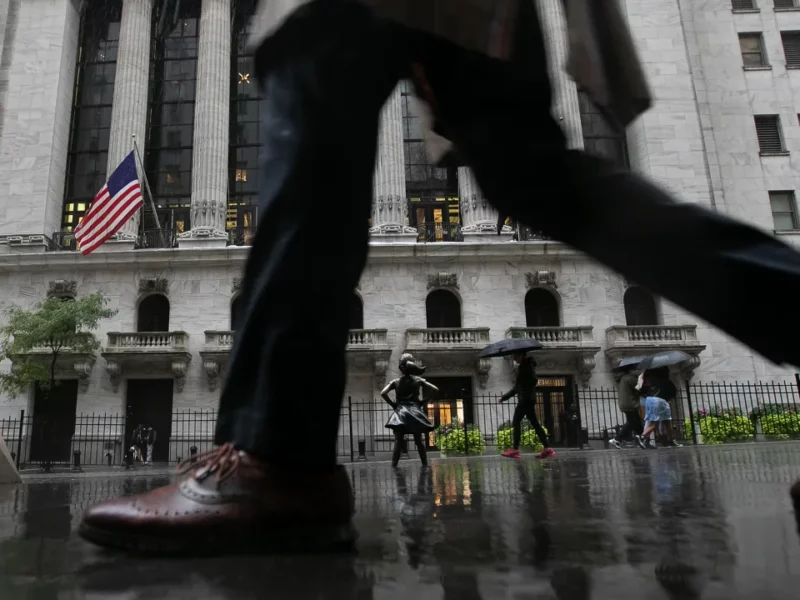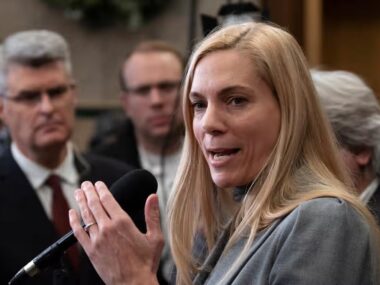Fresh survey data released by the Federal Reserve Bank of New York on Monday indicated that US consumers hold optimistic views: they anticipate a continued decline in inflation, a resilient labor market, and an ongoing willingness to spend more compared to pre-pandemic times.
The October Survey of Consumer Expectations depicted a significantly brighter outlook compared to the previous month’s New York Fed survey. Just a month ago, consumers were as worried about meeting minimum debt payments as they were during the initial phases of the Covid-19 outbreak.
In October, the perceived likelihood of missing a minimum debt payment averaged at 11.99%, aligning with figures from June and falling comfortably within pre-pandemic levels.
Expectations concerning inflation, both in the short-term (one year) and long-term (five years), dropped by 0.1 percentage points from the preceding month, settling at 3.6% and 2.7%, respectively.
Nevertheless, median inflation projections over a three-year period remained constant at 3%, reaching an annual peak.
The Federal Reserve closely monitors consumer inflation expectations due to their potential to become self-fulfilling prophecies: if consumers anticipate sustained high prices, they might increase current spending and demand higher wages. This, in turn, could prompt businesses to raise prices in response to heightened demand and wages.
In recent times, Federal Reserve officials have become increasingly concerned about the possibility of expectations worsening. The University of Michigan’s highly anticipated consumer survey, released on Friday, indicated a decline in confidence regarding the current economic conditions and a slight increase in long-term inflation expectations.
Regarding earnings, consumers’ predictions for wage growth slightly decreased by 0.2 percentage points to 2.83%. This figure falls within the range of 2.8% to 3% that has been observed since September 2021.
Although there was a slight uptick to 12.7% in consumers’ mean perceived likelihood of losing their jobs over the next year, they anticipate a lower national unemployment rate and an improved chance of securing another job, rising to 56.6%.
The median expected growth in household income rose by one-tenth of a percentage point to 3.1%. In comparison, back in February 2020, the anticipated growth stood at 2.7%.
As for spending expectations, they currently stand at 5.25%, having tapered off from a peak of 9% in May 2022. Nonetheless, these figures continue to surpass the pre-pandemic levels, which were at 3.1%.
In the New York Fed survey, a larger number of respondents indicated that their households were in a better financial position compared to the same time last year. However, when considering the year ahead, opinions were more varied. Nearly an equal proportion of consumers expressed beliefs about either improving or worsening financial situations in the coming year compared to their current status.











